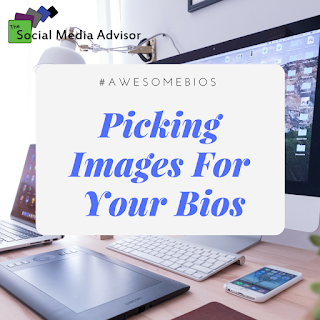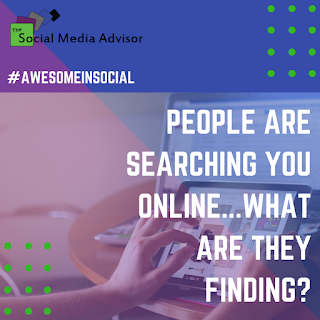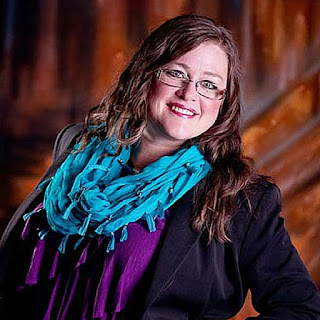When inputting your bio information on the various
social media platforms that you want to associate with your business, it can be tempting to rush through the process in order to get started. I implore you to avoid this urge, and set aside time to really flesh out the bio areas of each site to optimize your profiles. Why? Because it will make it easier for your target audience to find you.
Once they have found you, however, you need to grab their attention if you want to convert them to followers or leads. You will only have seconds to do it. What is the best practice for extending the amount of time that a passer-by lingers on your profile? Using the right images.
Visual Content
We are a visual people. In fact, over 65% of people are visual learners, mainly due to the fact that 90% of all data processed by the brain is visual in nature. Before live video came along, photos were the most engaging type of content on Facebook with an overwhelming 87% interaction rate with viewers. Facebook data is so convincing that the social media giant adapted its algorithm so that text only updates weren’t given as much priority – and then implemented a method to the color the background of text only posts in order improve their reach.
The Right Images
Understanding that you need to use images in your bios and profiles is just the first step. It’s even more important to recognize what makes a great visual! Just grabbing something off-hand is not ideal. The image needs to be clear, crisp and engaging. It should also match your branding.
This means understanding resolution. The detail that a photo or image holds is its resolution. The higher the resolution, the better detail which makes the image look better. It’s measured in various ways but the key is to understand that you always want to use an original, or high resolution, version of an image in your marketing. Find out more about resolution at this website.
Ask around. Gather your brand advocates, your fans, and your cheerleaders, to make sure that the images you’ve selected are not only visually appealing but they make sense for what you are trying to accomplish. A confused lead is a prospect that moves on and finds something that makes more sense for them.
Copyright
The other error we see way too many small businesses doing is using images they do not own. The temptation to grab a stunning graphic off the internet and use it for your purposes should be avoided at all costs! What you don’t know about copyrights, trademarks and licenses can hurt you.
The best practices to engage in are to:
1. Purchase stock photography from reputable sites like Shutterstock, iStock, Dreamstime or Deposit Photos.
2. Download FREE stock photography from sites that offer images with no copyright or license concerns. (Always read the details on each image to be sure!) Our favorite sites are Pixabay, Pexels and Unsplash.
3. Take your own photos! Or enlist the help of a photographer that you know that will take photos that belong 100% to you and your brand.









